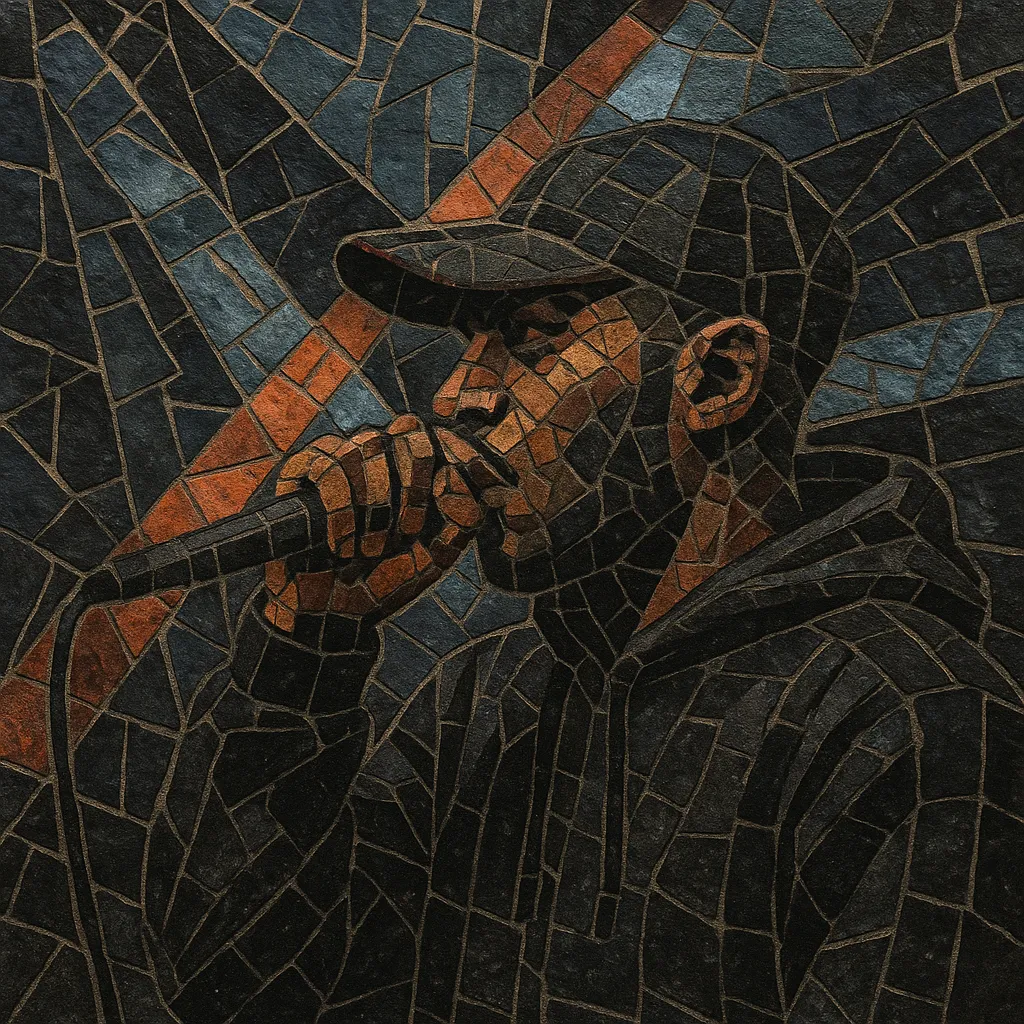Grime is a fast, raw, and minimalist form of rap-driven electronic music that emerged from London’s pirate radio culture in the early 2000s. It typically runs at around 140 BPM, with skeletal, syncopated drum patterns, stark sub-bass, and icy synth stabs that leave space for agile MCs.
The genre’s vocal style emphasizes rapid-fire flows, internal rhymes, and wordplay that reflect urban life, competition, humour, and social commentary. Grime inherited the DIY energy of UK garage and jungle sound systems while foregrounding MC culture as the main event, building a distinctive British rap identity separate from U.S. hip hop.
Grime took shape in East London as MCs and producers pushed UK garage and 2-step into darker, sparser territory. Pirate radio stations like Rinse FM, Deja Vu, and Heat FM hosted high-energy sets where DJs cycled 8–16-bar instrumentals while crews of MCs clashed and traded verses. Early architects included Pay As U Go Cartel, Roll Deep, and producers like Wiley, whose “Eskibeat” sound (icy square-wave leads, frosty pads) became a blueprint.
Dizzee Rascal’s “Boy in da Corner” (2003) won the Mercury Prize, introducing grime’s distinct British voice to wider audiences. Channel U (later Channel AKA), DVD series like Risky Roadz, and clashes such as Lord of the Mics documented the scene’s rivalry and innovation. Tracks like Lethal Bizzle’s “Pow! (Forward)” and Kano’s early singles crystallized the sound’s intensity and MC-led focus.
As dubstep and funky house surged, some grime producers experimented or crossed scenes, and mainstream visibility dipped. Still, core activity thrived on radio sets, youth clubs, and independent releases, preserving grime’s competitive culture and “reload” energy.
A strong revival led by Skepta, Jme, Stormzy, Ghetts, and Novelist reasserted grime’s identity. Skepta’s “Konnichiwa” (2016) won the Mercury Prize, and Stormzy’s chart-topping releases and Glastonbury 2019 headline cemented grime’s global profile. International co-signs and collaborations broadened the audience without diluting the core style.
In the 2020s, grime’s DNA runs through UK rap and UK drill while remaining a living culture of sets, clashes, and MC-forward performance. Its emphasis on local identity, DIY production, and radio-born performance aesthetics continues to influence British and global bass music.


